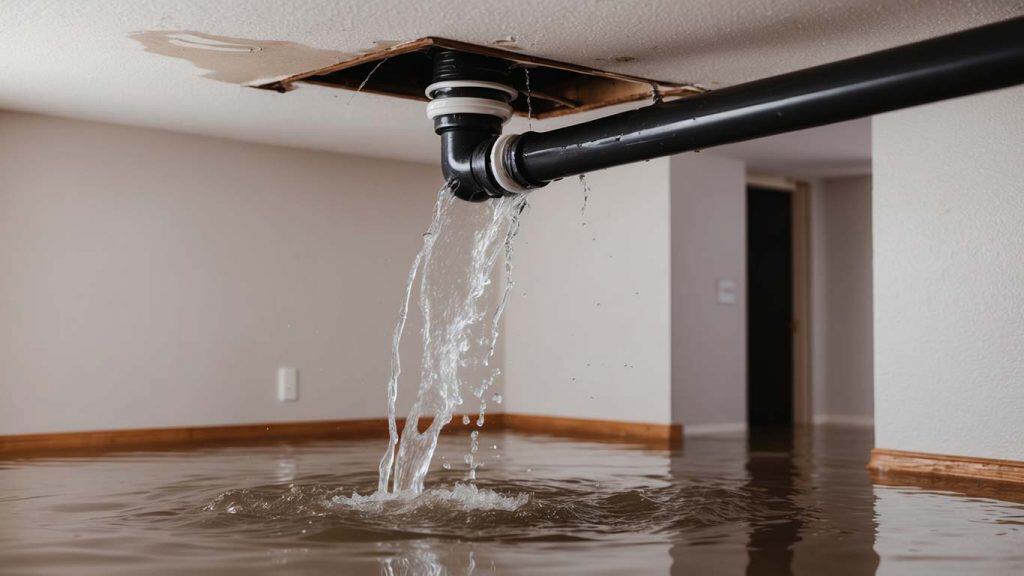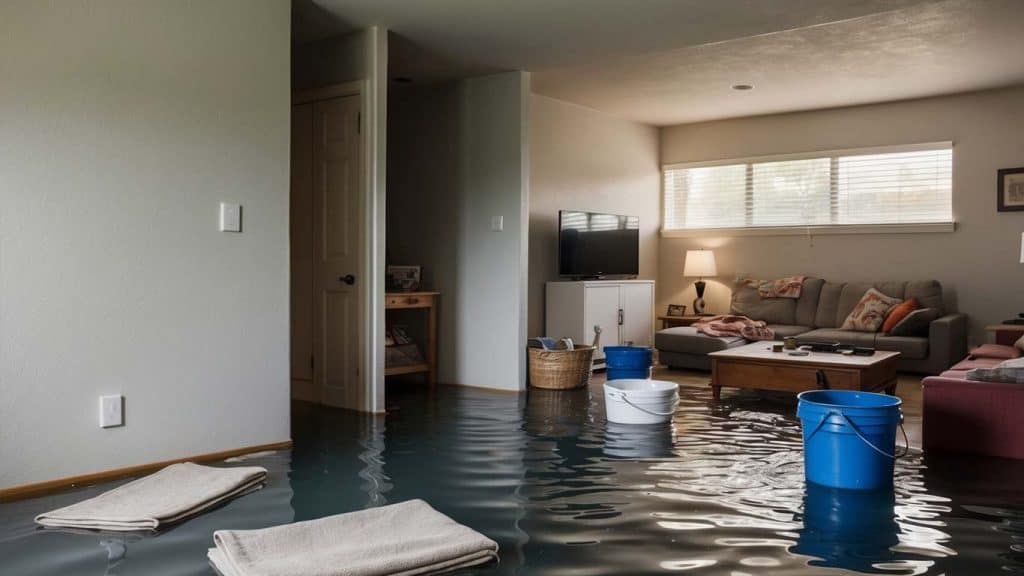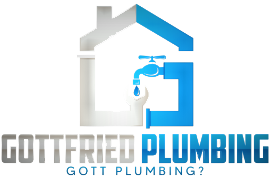A burst pipe can happen without warning, leaving you scrambling to minimize the damage and protect your home. Whether due to freezing temperatures or aging pipes, swift action is essential to prevent flooding and costly repairs. Knowing the signs and immediate steps can save your home from significant damage.
Here’s what to look for and how to handle a burst pipe in your Boerne home.

Signs of a Burst Pipe
Burst pipes are often caused by freezing temperatures, high water pressure, corrosion in aging pipes, tree root intrusion, poor installation, or shifting ground. If not addressed promptly, a burst pipe can cause significant damage to your home.
Here are some signs that indicate a burst pipe:
- Sudden drop in water pressure
- Unexplained puddles or damp spots
- Water stains on walls or ceilings
- Unusual hissing or gurgling noises
- Higher-than-usual water bills
Immediate Steps to Take When a Pipe Bursts
A burst pipe can cause serious damage to your home if not dealt with immediately. Acting fast and following the right steps can help minimize water damage and prevent costly repairs. Here’s what you should do when a pipe bursts in your Boerne home.
Shut Off the Main Water Supply
The first and most important step is to turn off the main water supply to stop the water flow. Locate the main shutoff valve, often found near your water meter, in the basement, or outside your home. Once you turn off the valve, you’ll prevent more water from flooding your home and causing further damage. Make sure everyone in your household knows where the shutoff valve is located and how to operate it in emergencies.
Turn Off the Electricity
If water from the burst pipe has reached electrical outlets, appliances, or wiring, the next step is to turn off the electricity to avoid potential electrical hazards. Go to your home’s circuit breaker panel and shut off power to the affected areas.
In homes with multiple zones, it’s important to only cut off electricity to the areas where water is present rather than shutting down the entire house. This ensures safety while allowing other essential electrical systems to function. If you’re unsure how far the water has spread, it’s better to err on caution and shut off the power to the whole house until a professional can assess the situation.
Drain the Water System
After shutting off the main water supply and electricity, the next step is to drain the remaining water from your plumbing system. Open all the faucets in your home, starting with the ones on the lowest level and working your way up. Flush toilets to help release any stored water. This process will relieve pressure in the pipes and minimize further leaking, helping to prevent additional damage while you wait for a plumber to arrive. Draining the water system also makes it easier for the plumber to locate and repair the burst pipe.
Contain the Water
The next step is to contain the water to minimize damage to your home. Use towels, mops, buckets, or a wet/dry vacuum to soak up standing water and prevent it from spreading to other areas. If possible, quickly dry out carpets, rugs, and furniture to avoid mold and mildew growth. Place buckets or containers under any active leaks to catch dripping water. By containing the water as much as possible, you can reduce the extent of the damage before professional help arrives.
Locate the Burst Pipe
If it’s safe to do so, try to identify where the pipe has burst. Look for signs like pooling water, damp spots on walls, ceilings, or floors, and water stains. Sometimes, the burst pipe may be behind walls or under floors, making it harder to detect. If you can safely locate the burst, it will help when providing information to the plumber. However, avoid cutting into walls or removing flooring yourself—leave those tasks to the professionals to avoid further damage.
Document the Damage
Before any repairs begin, it’s important to document the damage for insurance purposes. Take clear photos or videos of the affected areas, including any visible water damage to walls, floors, ceilings, furniture, and personal belongings. Make notes about what you observe, including the burst pipe’s location and the damage’s extent. This documentation will be helpful when filing a claim with your insurance company, ensuring that you have a detailed record of the incident and the repairs needed.

Contact an Emergency Plumbing Service
Once you’ve taken the necessary steps to control the burst pipe situation, the most important move is to call a professional emergency plumber. Burst pipes require prompt, expert attention to prevent further damage and restore your plumbing system.
That’s where Gottfried Plumbing comes in. Available 24/7, we offer fast, reliable emergency services in Boerne, ensuring your home is safe and your plumbing is repaired with minimal disruption.
Our skilled team will quickly assess the situation, perform the necessary repairs, and provide long-term solutions to safeguard your home from future issues.
Call (830) 331-2055 for immediate, professional help. We’re here around the clock to get your home back on track quickly and efficiently.

